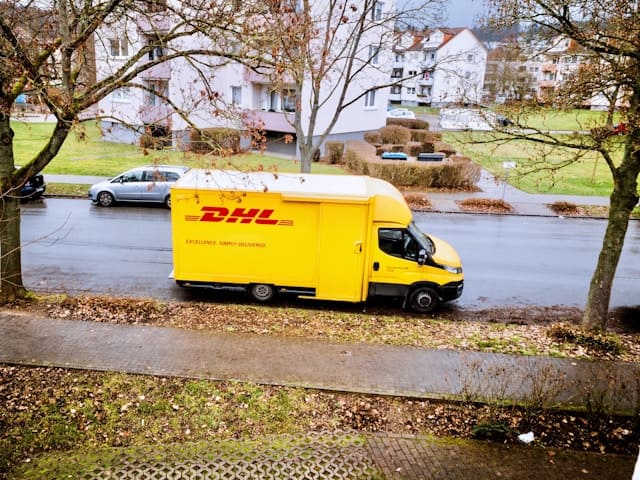“Free shipping” is one of the most powerful phrases in e-commerce. It’s a psychological magnet that draws shoppers in, reduces cart abandonment, and boosts conversions. But here’s the truth: free shipping is never truly free. Someone always pays the price—and often, it’s you.
In this blog, we’ll unpack the hidden costs behind “free” shipping, how retailers use it to influence your buying behavior, and what savvy shoppers should watch for. Let’s pull back the curtain on this marketing illusion and help you shop smarter.
📦 The Psychology Behind “Free Shipping”
The word “free” triggers a powerful emotional response. According to behavioral economists, it activates the brain’s reward center, making us more likely to act—even irrationally. In fact, studies show that consumers are more likely to choose a product with free shipping over a cheaper product with a shipping fee.
Retailers know this. That’s why they use “free shipping” as a strategic tool to:
- 🛒 Increase average order value (AOV)
- ⏳ Reduce decision fatigue
- 📉 Lower cart abandonment rates
- 💰 Justify higher product prices
But behind the scenes, shipping is never free. It’s either baked into the product price, subsidized by the seller, or offset by other fees.
🚚 Who Pays for “Free” Shipping?
Let’s break it down:
1. You, the Customer
Retailers often raise product prices to cover shipping costs. That $30 item with “free shipping” might have cost $25 with a $5 shipping fee. You’re still paying—it’s just hidden.
2. The Seller
Small businesses often absorb shipping costs as a marketing expense. This can eat into their already thin profit margins, making it harder to compete with giants like Amazon or Walmart.
3. The Supply Chain
Free shipping puts pressure on logistics workers, warehouse staff, and delivery drivers. Faster delivery expectations often mean longer hours, tighter deadlines, and more stress for the people behind the scenes.
🧾 Hidden Costs to Watch For
“Free shipping” might sound like a win, but it can come with trade-offs. Here’s what to look out for:
1. Inflated Product Prices
Retailers may quietly increase prices to offset shipping costs. Always compare prices across platforms to see if you’re really getting a deal.
2. Minimum Purchase Thresholds
“Free shipping on orders over $50” encourages you to buy more than you need. This tactic increases AOV while making you feel like you’re saving.
3. Slower Delivery Times
Some “free shipping” options are slower, relying on economy carriers. If you’re in a rush, you may end up paying for expedited shipping anyway.
4. Restocking or Return Fees
To recoup shipping losses, some retailers charge restocking fees or make returns more difficult. Always check the return policy before buying.
5. Membership Fees
Services like Amazon Prime or Walmart+ offer “free” shipping, but only after you pay an annual or monthly fee. It’s not free; it’s prepaid.
🧠 How Retailers Use “Free Shipping” to Influence You
Retailers don’t just offer free shipping out of generosity—it’s a calculated move. Here’s how they use it to shape your behavior:
|
Tactic |
How It Works |
What to Watch For |
|---|---|---|
|
Anchoring |
“Was $5.99 shipping, now FREE!” |
Compare total cost, not just shipping |
|
Scarcity/Urgency |
“Free shipping ends in 2 hours!” |
Don’t rush—pause and evaluate |
|
Bundling |
“Buy 2, get free shipping” |
Ask if you really need the second item |
|
Loyalty Programs |
“Join for free shipping perks” |
Weigh the cost of membership vs. savings |
|
Cross-selling |
“Add $10 more for free shipping.” |
Stick to your original shopping list |
🔍 Real-World Example: Amazon Prime
Amazon Prime is the poster child for “free” shipping. For $139/year, members get unlimited two-day shipping. But here’s the catch:
- You’re paying upfront for convenience.
- Amazon adjusts product prices dynamically.
- Returns are increasingly discouraged with restocking fees or $1 return charges.
Amazon’s scale allows it to negotiate lower shipping rates, but smaller retailers can’t compete. This creates a market imbalance that favors giants and squeezes out independents.
🧠 Rewiring Your Shopping Mindset
Want to shop smarter? Here’s how to see through the “free shipping” illusion:
✅ 1. Compare Total Cost
Don’t just look at shipping—compare the final price, including taxes and fees, across multiple platforms.
✅ 2. Use Price Trackers
Tools like Honey, CamelCamelCamel, or Keepa can help you track price history and spot inflated prices disguised as “free shipping.”
✅ 3. Read the Fine Print
Always check return policies, restocking fees, and delivery timelines. “Free” isn’t worth it if returns are a nightmare.
✅ 4. Support Transparent Retailers
Look for sellers who break down costs. Transparency builds trust—and often leads to better long-term value.
🧭 Final Thoughts: Free Isn’t Always Fair
“Free shipping” is a brilliant marketing tool—but it’s not a gift. It’s a cost that’s shifted, disguised, or deferred. As a conscious consumer, your power lies in awareness.
Next time you see that tempting “Free Shipping” banner, ask yourself: What am I paying for?







Leave a Comment